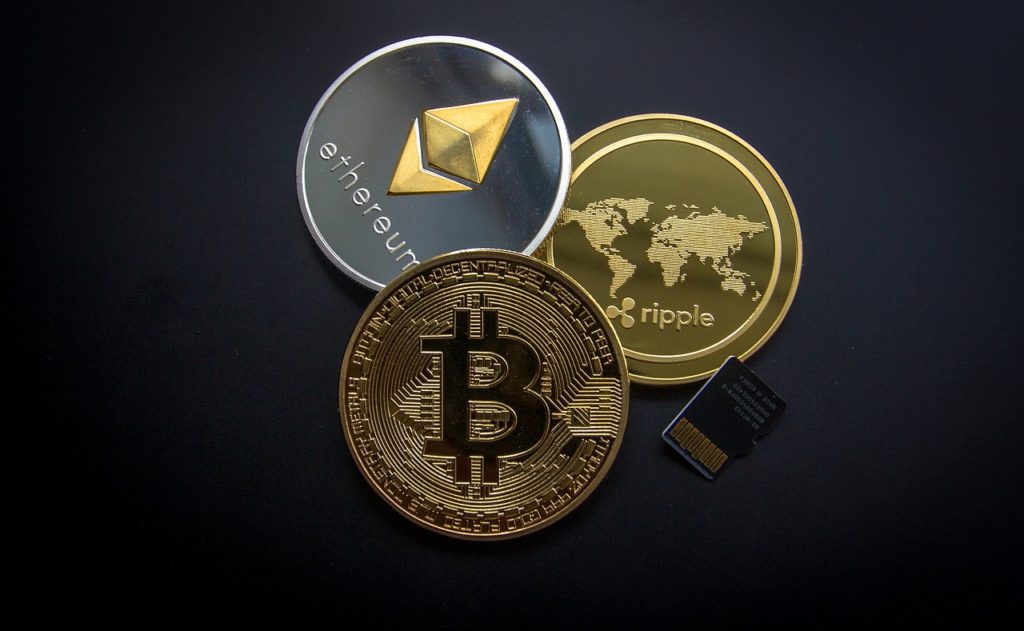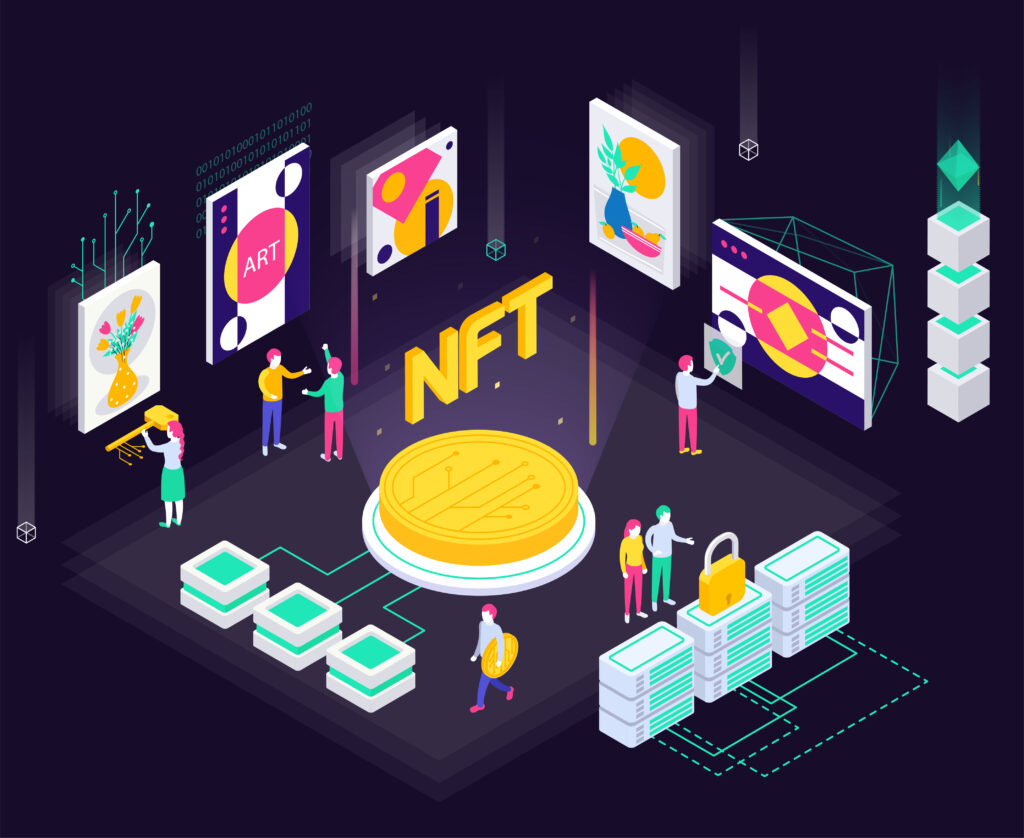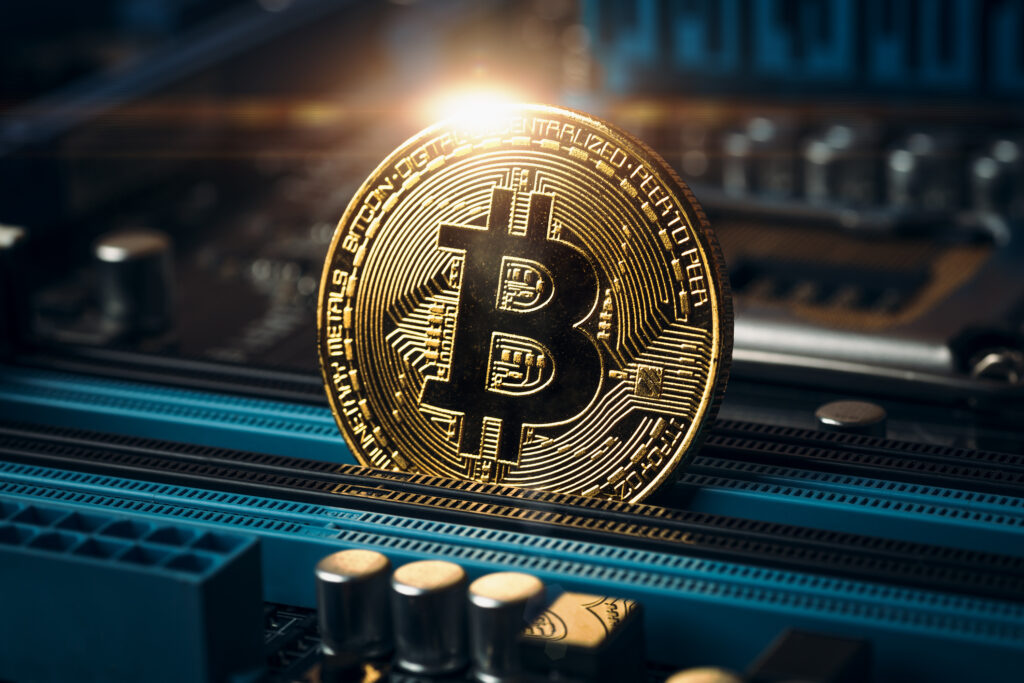
Now you’re down with Bitcoin and Ethereum, if you heard about the Banco Santander announcement about a partnership with Ripple, you may be wondering – what is Ripple? Is it just another cryptocurrency like Bitcoin? And if so, does that mean that one of the world’s largest banks is now accepting payments in cryptocurrency?
No, and definitely not. What’s going on, then? Let’s take a closer look.
Rather than just a digital coin, Ripple is a remittance network, currency exchange and real-time gross settlement system (RTGS). Going back to 2012 when it came out, Ripple (unlike Bitcoin) does not actually use the blockchain system. It uses what is known as a common ledger, which is essentially a network of independent servers that validate transactions constantly.
If you’re thinking, “that sounds a lot like the blockchain,” that’s because it is. Ripple’s shared public database also uses a form of consensus. The majority of the network has to be in agreement on the validity of transactions, to prevent events like a 51% attack.
Unlike Bitcoin though, Ripple doesn’t rely on a proof-of-work (PoW) concept, or the computational power of members of the network. It also isn’t mined.
The token is XRP and its main characteristic–the raison d’etre of Ripple–is that it allows for real time exchange of currency between two parties, whether that be fiat currency, gold, or any other type of currency. Its major claim to fame is that it allows people to avoid wait times, fees, and even exchanges transactions.
How is Ripple Different From Bitcoin?
As mentioned, the technology they rely on is different. Ripple is more targeted to banks and other FSIs (as displayed through the Banco Santander partnership). While Bitcoin was built for the people, Ripple was built for enterprise. Sure, you can buy and trade it peer to peer, but that’s not what this cryptocurrency is all about. It’s to move massive sums of money around safely and practically instantly. That’s what’s getting the banks all excited.
And today, it is still the fastest cryptocurrency for transactions, settling payments in a maximum of four seconds, as compared to Ethereum, which can be a few minutes, and Bitcoin, which can take several hours. Another main difference is that this cryptocurrency is not mined, like Bitcoin, Ether, and other cryptocurrencies. They just settled on 100 billion tokens from the get-go and issued that many coins.
In theory, the 100 billion XRP tokens originally issued are meant to be the only tokens there will ever be. But there is technically nothing to stop Ripple from issuing any more. But, they probably won’t, seeing as the XRP token is completely separate from Ripple’s technology. Banks can send currency in dollars, yen, or pounds, without needing to use XRP at all, making the investment in this token somewhat less attractive. Without doubt, Ripple’s value is the network, not the Ripple coin.
Banks can use its software for fast, international payments (as is the case with Banco Santander) and can ditch the traditional SWIFT method, that is slow and cumbersome.
Is It Volatile as Well?
Yes. Like most cryptocurrencies, the markets are very sensitive to FUD and FOMO. As the price of Bitcoin exploded towards the end of last year, Ethereum doubled and Litecoin blew up, Ripple also experienced a massive price hike, with first time investors looking to purchase cryptocurrency within their price budget. Moreover, a rumor was spread that Coinbase was thinking of listing it on their exchange and that shot the price up further…
Until Coinbase quashed the rumor and the price came crashing back down.
Against an Ideology?
Bitcoin purists have criticized Ripple, because it has owners. It is a centralized network in the middle of a decentralized, idealistic ecosystem. Also, the trusted Unique Node List (UNL) that is supposed to protect Ripple from hackers and threats throws up another issue: while it protects the cryptocurrency, what’s to stop a government or regulating body from coming in and making a change?
It is certainly an interesting technology and worth keeping on your radar. But, unless you’re working in a large financial institution, you probably don’t need it too much of it in your investment portfolio.
















Heya! I’m at work browsing your blog from my new apple iphone!
Just wanted to say I love reading your blog and look forward to all
your posts! Keep up the outstanding work!
Hello there! This is kind of off topic but I need some help from an established blog.
Is it tough to set up your own blog? I’m not very techincal but I can figure things out pretty quick.
I’m thinking about setting up my own but I’m not sure where to start.
Do you have any points or suggestions? Appreciate it
I’m really impressed with your writing skills and also with the layout on your weblog.
Is this a paid theme or did you modify it yourself?
Either way keep up the excellent quality writing, it is rare to see a great blog like this one today.
I have learn some good stuff here. Definitely value bookmarking for revisiting.
I surprise how a lot attempt you set to create the sort of
fantastic informative website.
generic sildenafil 100mg coupon https://mymvrc.org/